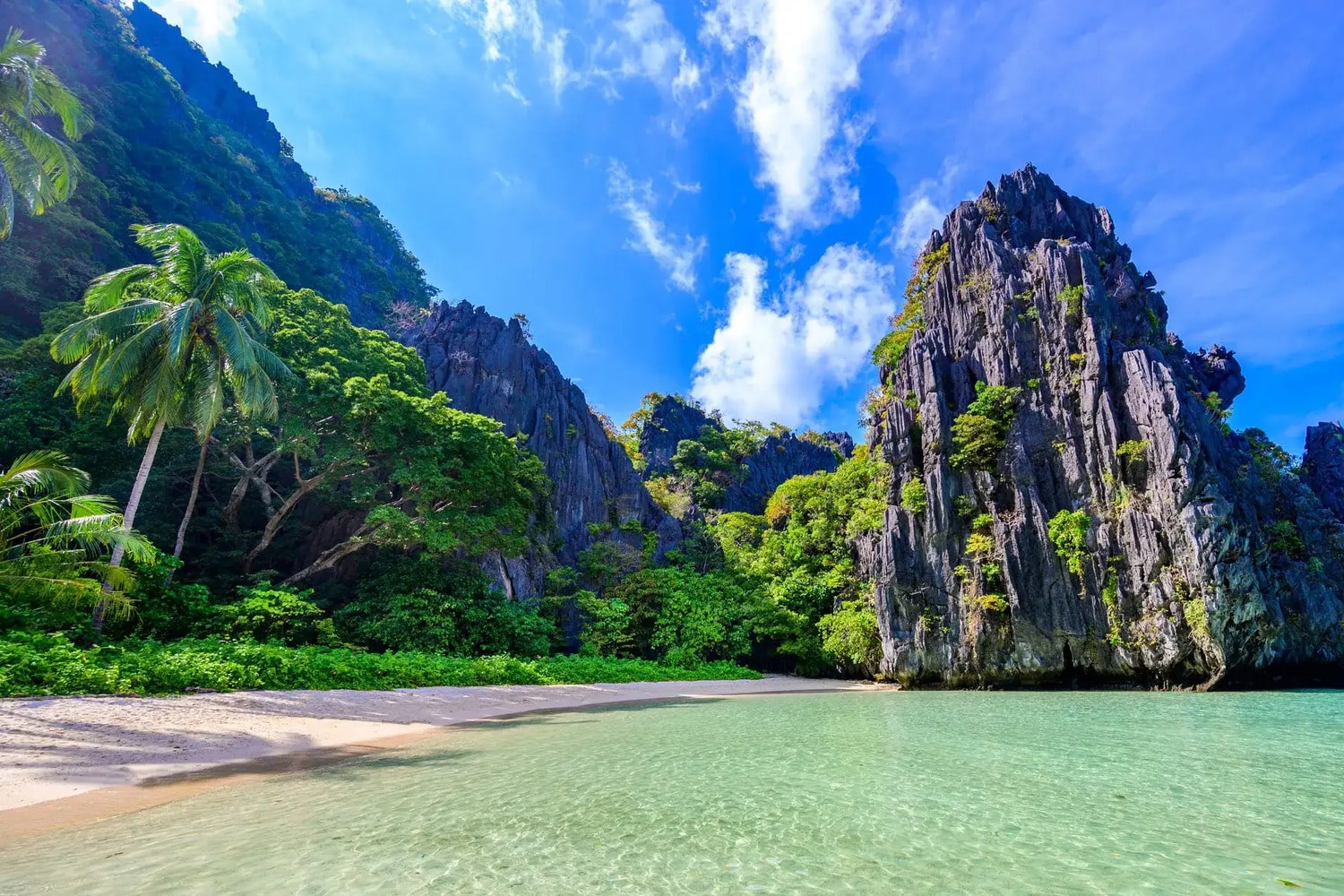The Philippines is a Southeast Asian country known for its breathtaking landscapes, rich culture, and long and complex history. This archipelago is made up of thousands of islands, each with its own traditions, dialects, and customs. White beaches, turquoise seas, tropical forests, and friendly people attract visitors from all over the world. However, behind this picturesque scenery lies a multitude of fascinating facts you might not know. Below is a selection of the most surprising and interesting facts about the Philippines.
- The Philippines consists of over 7,600 islands, but only about 2,000 of them are inhabited. The rest include small patches of land, uninhabited coral reefs, and islands covered in dense jungle. Some of these islands are still unnamed and unexplored. This makes the Philippines one of the most geographically complex countries in the world.
- The country was named after King Philip II of Spain. In 1543, a Spanish explorer gave the archipelago this name, which has remained ever since. Despite achieving independence, Spanish influence is still deeply embedded in local culture. The Philippines is one of the few Asian countries where Catholicism is the dominant religion.
- The official languages in the Philippines are Filipino and English, but the people speak over 170 regional languages and dialects. The most widely spoken include Cebuano, Ilocano, and Hiligaynon. This linguistic diversity stems from the geographical spread of the islands. English is commonly used in education, government, and business.
- The capital, Manila, is one of the most densely populated cities in the world. Although it covers a relatively small area, it is home to a massive number of residents, leading to frequent traffic congestion. The greater metropolitan area includes cities like Quezon City and Makati. This region serves as the economic and cultural center of the country.
- The Philippines is home to the world’s smallest active volcano – Taal. It stands only 311 meters tall but is still active. The volcano is located on an island inside a lake, which itself lies in a larger volcanic crater. This unique geological formation attracts both scientists and tourists.
- The country lies on the Pacific Ring of Fire, which means it experiences frequent earthquakes and volcanic eruptions. The Philippines has over 20 active volcanoes. Earthquakes are common, which is why safety drills are held regularly. The government has implemented special disaster response programs.
- Karaoke is an integral part of Filipino life. Nearly every household owns a karaoke machine, and singing is a favorite activity across all age groups. You can find karaoke in cafes, on the streets, and even in taxis. It’s not only a form of entertainment but also a reflection of the nation’s love for music.
- The Philippines is one of the top countries in the world for sending workers abroad. Overseas Filipino Workers are mainly employed in healthcare, caregiving, shipping, and IT sectors. The money they send home plays a vital role in the national economy. The government actively protects the rights of its citizens working abroad.
- Divorce is prohibited in the Philippines. It is one of the last countries in the world where divorce is still illegal. Annulment is possible, but it is a lengthy and complicated process. This issue is a recurring topic in public debates and legal reform discussions.
- One of the national symbols is the tarsier – a tiny primate with enormous eyes. It mainly lives on the island of Bohol and is active at night. Tarsiers are endangered and protected by law. Tourists visit special sanctuaries to observe these unique animals.
- The Philippines hosts over 40,000 festivals each year. Many are religious or historical in nature. One of the most famous is the Sinulog Festival, dedicated to the Child Jesus. It features colorful parades, traditional dances, costumes, and concerts.
- Christmas in the Philippines begins in September and lasts until January. This is the longest holiday season in the world. Streets are decorated with lights, carols are sung, and families gather for festive meals. This tradition reflects both the religious devotion and strong family values of Filipinos.
- In 2020, the Philippines was the first country to shut down all schools for a full year due to the pandemic. Education was moved online, which was especially challenging in rural areas. Authorities provided students with devices and internet access to ensure continued learning. It became one of the most significant educational challenges in the nation’s history.
- Due to Spanish and American influence, many Filipino surnames resemble those from Spain or the United States. Spain ruled the Philippines for more than 300 years, followed by nearly 50 years of American occupation. These influences shaped the country’s language, political system, architecture, and cuisine. As a result, the Philippines has developed a unique cultural identity.
The Philippines is a country where ancient traditions blend with modern life, and where natural and cultural diversity fascinates at every turn. These interesting facts offer a fresh perspective on a nation full of contrasts and surprises. Visiting the Philippines is not only a chance to relax but also an opportunity to explore a vibrant and unique world. It truly stands as one of the most remarkable countries on our planet.





